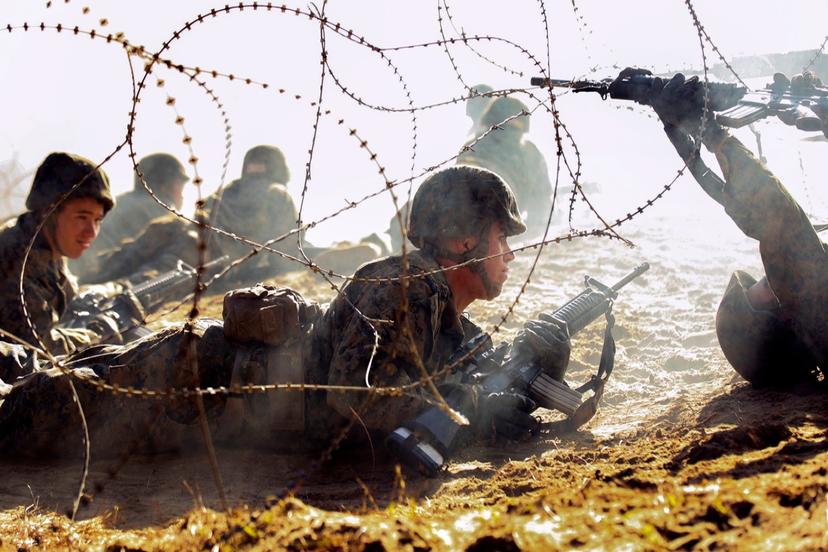Military Services

Industry Outlook
Military life is extremely regimented. Service members are not always able to choose their assignments, places of work, or homes. Their responsibility is to serve the country and the military unit, so the needs of the country and the service come first. The modern services try hard to give members what they want; a good worker gets special consideration for the same reason a civilian employer rewards a top employee. But most service members at some time will, for example, work on the East Coast when they would rather be on the West Coast, go to sea when they would rather stay home, live in a house or barracks on the base when they would rather have an apartment in town, or serve a year in a post abroad when they would rather be with their families.
In contrast to the personal sacrifices, such as these that are asked of service members, it's heartening to remember that the country always will need a military, both for defense and to protect its interests and citizens around the world. It's true that over time, often because of political or economic influences, the requirements necessary to meet these needs change. As America's position in the world grew stronger in the early 1990s, for example, the military engaged in a major downsizing, reducing personnel in nearly every branch and at all levels. The size and strength of each service reached a steady state in the late 1990s, and today each service branch has established a goal of maintaining this "steady state." This means every year each branch needs enough recruits to replace those leaving the service. According to the U.S. Department of Labor, opportunities will be particularly good for qualified individuals in all branches of the Armed Forces through 2028, as there will be need for entry-level and professional members. The war on terrorism will be a long, complicated effort involving all branches of the military and law enforcement. In addition to military action, personnel will be involved in any rescue and assistance needed on domestic soil to combat threats of additional physical, chemical, or biological attacks.
All branches of U.S. military services have been impacted by the coronavirus pandemic, which began in late 2019. The Defense Department has worked closely with other federal agencies, including the Federal Emergency Management Agency and the Department of Health and Human Services, to provide support in handling the pandemic. All branches of the military have helped with various aspects of coronavirus testing and, in 2021, vaccine distribution and administration throughout the U.S. In 2020, military operations were disrupted by business and travel lockdowns and social distancing requirements. As the vaccine rollout was expected to accelerate in 2021, military training operations and exercises will resume to varying degrees, in accordance with safety precautions to prevent coronavirus infection.
Educational requirements and advancement standards continue to be raised as military jobs become more complex and technologically advanced. Because of the many benefits of military service, including college tuition grants and specialized training, competition for military positions may be expected to rise. The prospects for promotion for officers also will become more competitive. Opportunities for enlisted positions will become more limited for those without a high school diploma. Applicants with some college education will have the best prospects.
